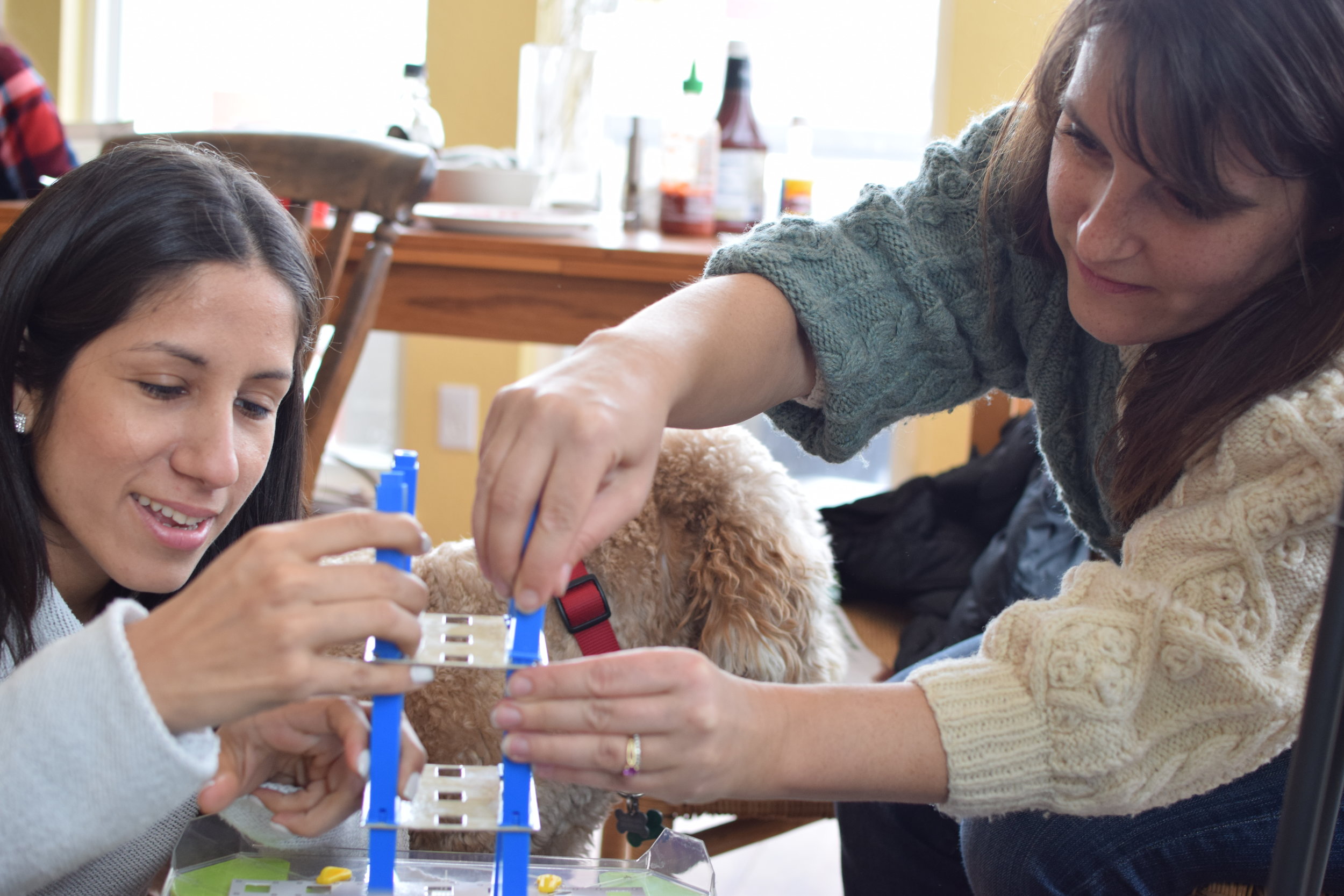Our group has authored three papers on liquefaction consequences and mitigation that have recently been published. These are:
Bullock, Zach, Zana Karimi, Shideh Dashti, Keith Porter, Abbie Liel and Kevin Franke, “A Physics-Informed Semi-Empirical Probabilistic Model for the Settlement of Shallow Founded Structures on Liquefiable Ground”, Geotechnique, In Press, 2018. We will also provide a spreadsheet that assists in doing the calculations for this model. Check back here soon for updates.
Paramasivam, Balaji, Shideh Dashti and Abbie Liel, “Influence of Prefabricated Vertical Drains on the Seismic Performance of Structures Founded on Liquefiable Soils”, ASCE Journal of Geotechnical and Geeoenvironmental Engineering, In Press, 2018.
Olarte, Juan, Shideh Dashti and Abbie B. Liel, “Effects of Drainage Control on Densification as a Liquefaction Mitigation Technique”, Soil Dynamics and Earthquake Engineering, 110, 212-231, 2018.
Thanks Zach, Balaji and Juan for these excellent works of scholarship!




